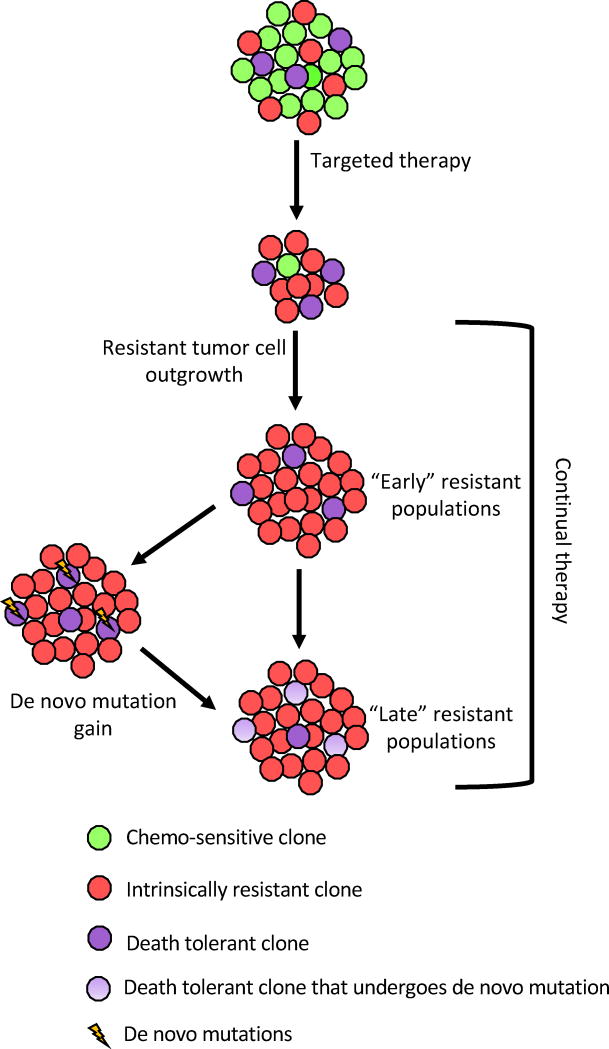Fig. 2. Therapy resistance in heterogeneous tumors.
Treatment of heterogeneous tumors with targeted therapies leads to the elimination of therapy-sensitive subclones, leaving behind intrinsically drug-resistant as well as death-resistant subclones. Drug-resistant subclones, which represent the “early” resistant tumor cell subpopulations, will then repopulate the majority of the tumor. Continual treatment challenges or stochastic events can cause de novo mutations in the death-resistant subclones, rendering them therapy-resistant and allowing them to occupy the tumor as “late” resistant subpopulations.

